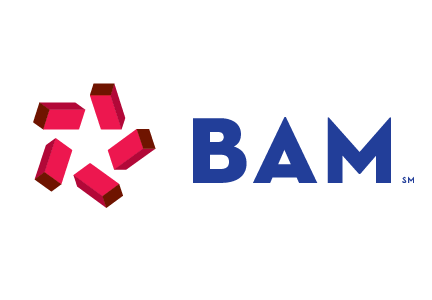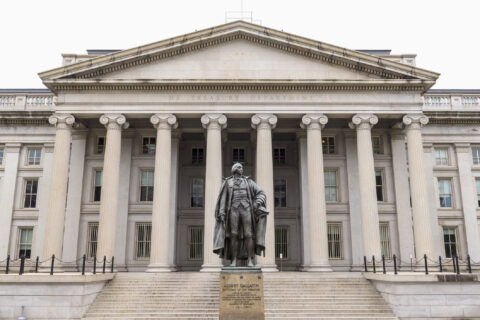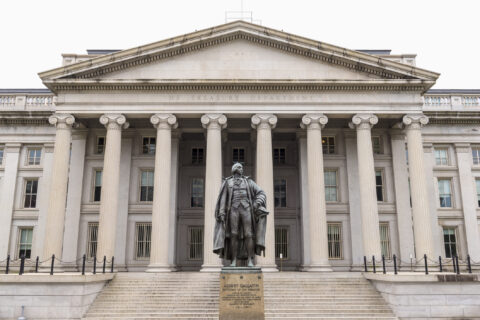After a slow start to 2023, municipal bond sales are expected to tick upward in the second half of the year, as cities, states, school districts, and other local governments are all ramping up their investments in essential infrastructure – often in conjunction with Federal financing through the Infrastructure Investment and Jobs Act (IIJA).
Most cities’ bond sales process is a well-oiled machine, drawing on the knowledge and skills of municipal finance officers, as well as outside experts like financial advisors, investment bankers, and bond counsel. Here are a few key factors for city leaders to keep in mind – and questions to ask — as communities prepare to join the ranks of municipal bond issuers.
Interest Rates Have Risen, But Remain Attractive
Municipal bond yields rise and fall in connection with the overall interest-rate environment. As a result, today’s municipal bond interest costs are higher than they were during the pandemic – when the economy was less active. There was less demand for capital investment, and the Federal Reserve was offering very low yields to encourage growth.
But today’s rates remain relatively low in historical terms.
The Bond Buyer’s index of 20 actively traded “general obligation” bonds from highly rated states and cities currently stands at 3.66% — that’s higher than its pandemic-era low of 2.04% in July 2021 but only slightly above its 3.45% reading on July 18, 2019, and in line with its five-year average of 3.58% between 2015 and 2019.
Municipal Bonds are Widely Held by U.S. Individual Investors
Over the last decade, the municipal bond market has provided as much as $325 billion annually for “new money” investments. Most of that financing has come from U.S. individual investors, who can benefit the most from the fact that interest payments on most municipal bonds are exempt from Federal income taxes. Those “retail investors” have multiple options for adding munis to their portfolio: They can purchase directly in their brokerage accounts, receive professional advice through “separately managed accounts,” or buy shares in municipal bond mutual funds.
Developing investor relations programs and holding dedicated “retail order periods” can be useful tools for cities to give individual buyers access to their bonds.
Credit Quality Remains Important
Municipal bond investors have always been focused on the credit quality of their investments. During the pandemic, that meant focusing on short-term questions about tax revenues and extraordinary expenses. Now, with many cities’ balance sheets bolstered by the extraordinary Federal aid provided through ARPA and the CARES Act, they are focusing on longer-term concerns, like the potential for falling commercial real estate values to impact property tax collections or the potential impact of lagging stock market returns on pension funds.
Municipal finance officers should prepare to address those questions when they apply for bond ratings and sell new issues. And they may want to consider bond insurance or other forms of credit enhancement to help build investor confidence. BAM bond insurance is rated AA with a Stable outlook from S&P Global Ratings, and bonds sold with insurance carry those ratings, giving investors an added layer of protection and often delivering savings to the issuer.
About BAM:

Build America Mutual is the preferred provider of bond insurance for the National League of Cities and has insured more than $125 billion of bonds from issuers who finance essential public infrastructure in the United States since its 2012 launch. For more information, visit www.buildamerica.com/united










